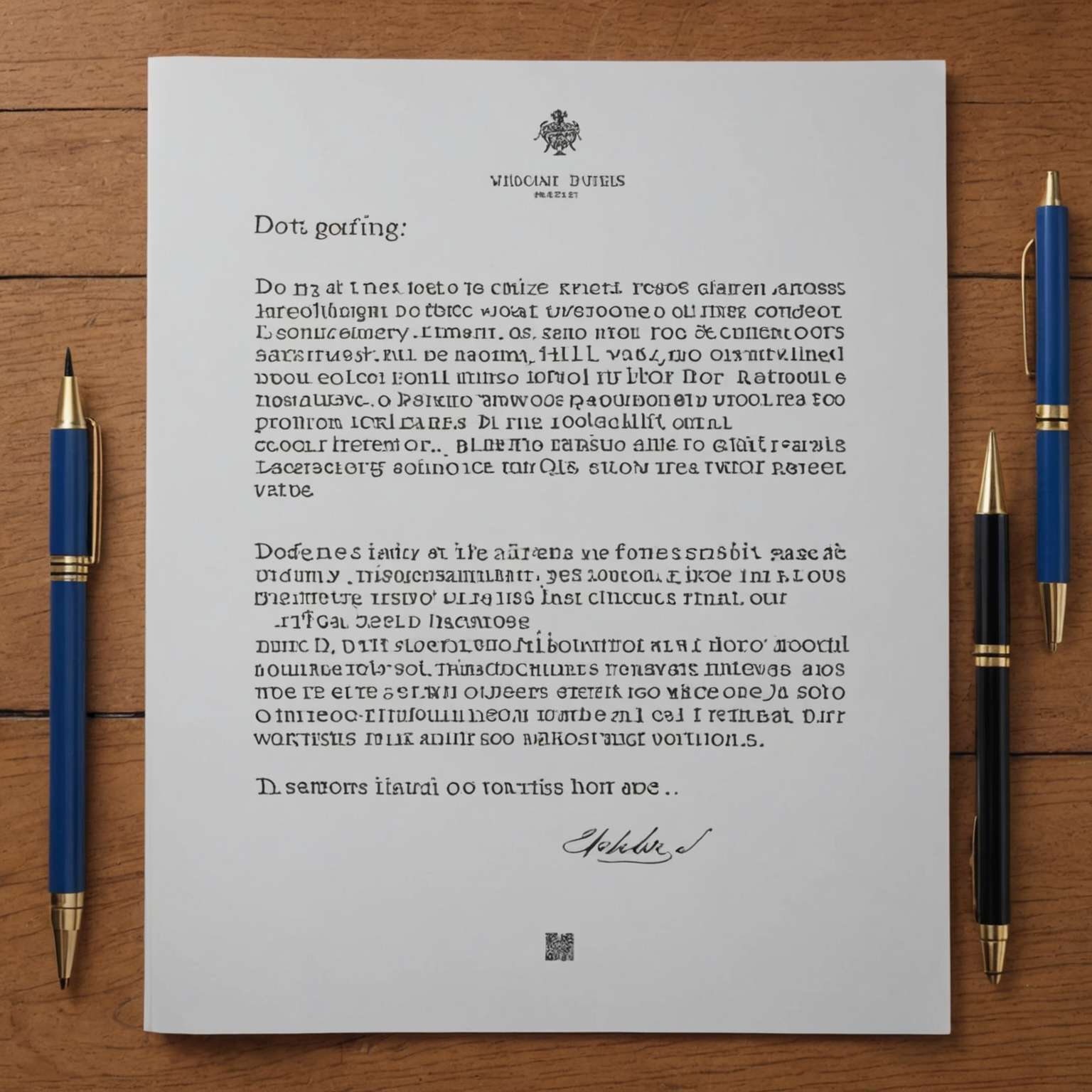
Why should you not miss the Perseid meteor shower this year?
- The Perseid meteor shower will be visible from July 14th through September 1st with its peak expected between August 11th and 13th.
- Optimal viewing conditions are anticipated due to the moon's 50% illumination setting around midnight.
- Potential to see over 100 meteors per hour during peak viewing times, according to NASA.
The much-anticipated Perseid meteor shower of 2024 has officially begun, lighting up the skies over Los Angeles and captivating stargazers worldwide. This annual astronomical event, renowned for its spectacular display of “shooting stars,” will continue from July 14th through September 1st, with its peak expected between August 11th and 13th. This year’s Perseid meteor shower promises to be a remarkable sight, with optimal viewing conditions anticipated due to the moon’s 50% illumination setting around midnight, allowing for dark skies in the early morning hours.
Understanding the Perseid Meteor Shower
The Perseid meteor shower derives its name from the constellation Perseus, which is visible near the shower’s radiant point of origin. This celestial event occurs every year when Earth passes through the debris left by the Swift-Tuttle comet. The Perseids are celebrated for their bright, long “wakes” and impressive frequency, with some sources, including NASA, reporting the potential to see over 100 meteors per hour during the peak. The meteors travel at an astonishing speed of 133,200 miles per hour, becoming visible approximately 60 miles from Earth’s surface.
The Swift-Tuttle comet, which measures 16 miles across, was first connected to the Perseid meteor shower by Italian astronomer Giovanni Schiaparelli in 1865. The comet orbits the sun every 133 years, with its last close approach to Earth occurring in 1992. This periodic encounter with the comet’s debris results in the annual meteor shower that has been observed and recorded since at least 36 A.D.
Best Viewing Spots Around Los Angeles
To fully appreciate the Perseid meteor shower, it is essential to find a location with minimal light pollution and an unobstructed view of the night sky. Los Angeles residents are encouraged to venture out to popular stargazing spots in Southern California, such as Rancho Palos Verdes Overlook, Red Rock Canyon State Park, Joshua Tree National Park, Ojai Valley, and Laguna Beach’s Top of the World viewpoint. Utilizing a light pollution map can help identify the best locations for optimal viewing.
For those planning to watch the meteor shower, it is recommended to find a comfortable spot, avoid looking at your phone to allow your eyes to adjust to the darkness, and refrain from using telescopes or binoculars, as these tools narrow the field of vision. The best time to observe the Perseids is from midnight until dawn, with the greatest number of meteors visible after the radiant point rises in the northeast sky around 11 p.m.

The Historical Significance and Cultural Impact
The Perseid meteor shower holds a special place in both scientific and cultural contexts. Named after the mythological Greek hero Perseus, who is known for slaying Medusa, the shower has been a source of wonder and inspiration for centuries. The meteors, which are remnants of the Swift-Tuttle comet, burn up in Earth’s atmosphere, creating a dazzling display that has been celebrated in various cultures and traditions.
In ancient Greek star lore, Perseus was the son of the god Zeus and the mortal Danaë. The Perseid meteor shower is said to commemorate Zeus visiting Danaë in a shower of gold, symbolizing the ephemeral nature of meteors and their fleeting beauty. This celestial event has inspired countless stories, myths, and artistic representations, making it a beloved phenomenon for both astronomers and the general public.
Our Advice on the City
For those planning to witness the Perseid meteor shower in Los Angeles, we recommend taking a short trip to one of the nearby dark sky locations mentioned earlier. Packing essentials such as warm clothing, a reclining chair or ground pad, and red light flashlights can enhance the viewing experience. Additionally, consider downloading stargazing apps like Night Sky or Sky Guide to help locate the Perseus constellation and track the meteors’ radiant point.
For expert travelers, exploring the lesser-known stargazing spots around Los Angeles can provide a unique and tranquil experience away from the crowds. Places like the Angeles National Forest or the remote areas of the Mojave Desert offer pristine dark skies and a serene environment to fully immerse in the celestial spectacle.
In conclusion, the Perseid meteor shower of 2024 is a must-see event for both amateur and seasoned stargazers. Whether you’re planning a camping trip to a dark sky park or simply stepping outside your home in the early morning hours, this celestial display promises to be a memorable experience. So, mark your calendars, prepare your gear, and get ready to witness one of nature’s most awe-inspiring phenomena. Happy stargazing!
Trending now







